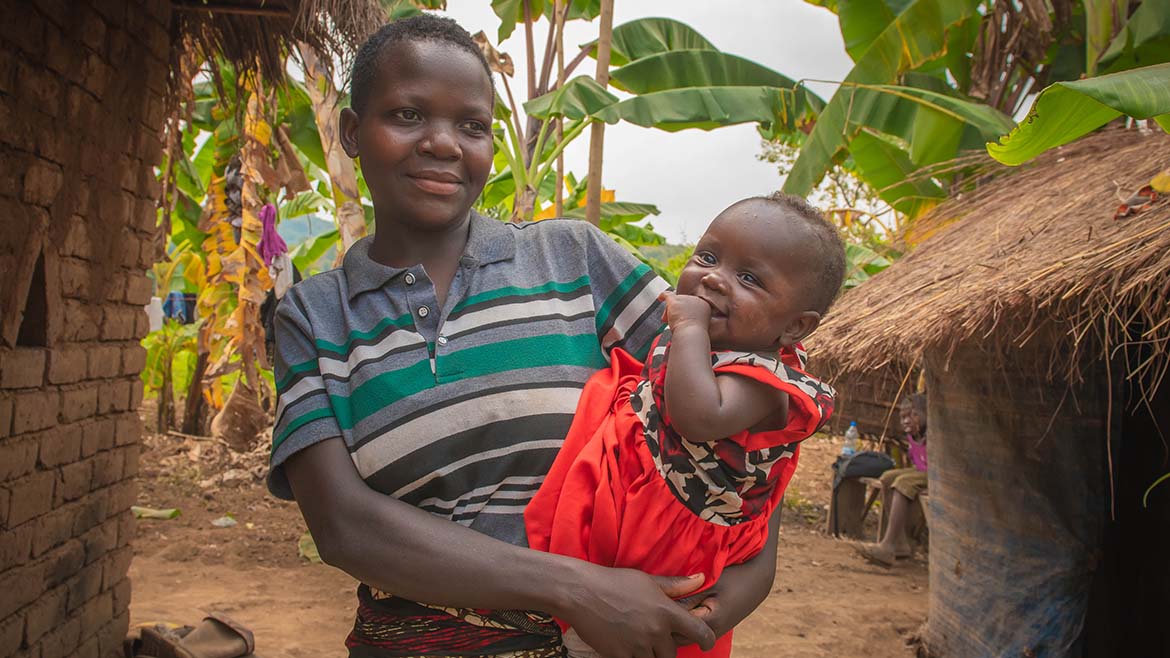Our Geographical Focus
HIMSO's deliberate focus on Mbeya and Songwe regions stems from a combination of historical ties, demonstrated need, and strategic opportunity to create sustainable impact in Tanzania's healthcare landscape. These adjacent regions in the Southern Highlands present unique circumstances that make them ideal for HIMSO's community-based health insurance models and emergency health interventions.
First, these regions represent a critical demographic cross-section where healthcare disparities persist despite their agricultural productivity. Mbeya and Songwe collectively serve over 3.5 million people, with rural populations facing particular challenges in accessing timely emergency care due to geographic barriers. The regions' dispersed settlement patterns across mountainous terrain amplify transport challenges - precisely the gap HIMSO's Dharura Fasta emergency transport scheme was designed to address.
Historically, these regions served as HIMSO's proving ground since CIDR's initial SMHIS pilot in 2002. This two-decade institutional memory has yielded deep community trust and operational expertise. Local health governance structures like the established CHuAs in all 10 councils demonstrate the model's scalability. The regions' existing health infrastructure - with 10 district hospitals and numerous health centers - provides an implementable framework for HIMSO's interventions while still revealing care gaps that demand innovative solutions.
Epidemiologically, the regions present acute needs. Mbeya records Tanzania's third-highest maternal mortality ratio (556 deaths/100,000 live births), while Songwe's remote districts like Ileje face child mortality rates 22% above national averages. HIMSO's targeted work here directly addresses SDG 3 priorities through:
Emergency obstetric transport reducing maternal deaths
Community-based insurance improving primary care access
Capacity building for local health systems
Economically, focusing on these contiguous regions allows operational efficiency. Shared cultural contexts enable standardized approaches, while proximity facilitates staff mobility and supervision. The regions' status as agricultural hubs also creates opportunities to link health financing with farmer cooperatives - a sustainability model HIMSO continues to develop.
By maintaining this geographic focus, HIMSO achieves depth of impact rather than thin nationwide spread. The organization's 86% scheme retention rate in these regions versus 63% in earlier expansion areas validates this approach. As Tanzania's health decentralization advances, HIMSO's localized expertise positions it to both refine models in Mbeya/Songwe and strategically inform national scaling - making its regional focus not a limitation, but a deliberate pathway to systemic change.
This concentrated strategy enables HIMSO to:
Leverage existing community partnerships
Demonstrate measurable health outcomes
Develop replicable models for eventual national rollout
Maximize limited resources for greater impact
The organization's continued focus on these regions represents not just institutional history, but an evidence-based strategy to create transformational healthcare access models where they're needed most. Nonetheless, HIMSO plans to extend its successful community health model from Mbeya and Songwe to Rukwa, Njombe, and Iringa - neighboring regions with similar healthcare challenges. These areas face high maternal/child mortality rates and limited healthcare access. Leveraging agricultural networks and existing partnerships, this targeted expansion will extend coverage to 1.2 million new beneficiaries while maintaining program integrity and informing national health policy.
Need HIMSO’s support?
Have a question? Don't hesitate to reach out to our Mbeya office. We're ready to help!.
+255 766 666 766
About
HIMSO is a Tanzanian NGO established to complement the government’s efforts in providing comprehensive quality healthcare coverage as well as develop and implement innovative insurance solutions to address pressing risk management needs of the low-income households.
Recent News
Contact info
- 01 Jacaranda, P.O. Box 2827, 53107 Mbeya, Tanzania.
- +255 25 250 0887
- info@himso.or.tz


